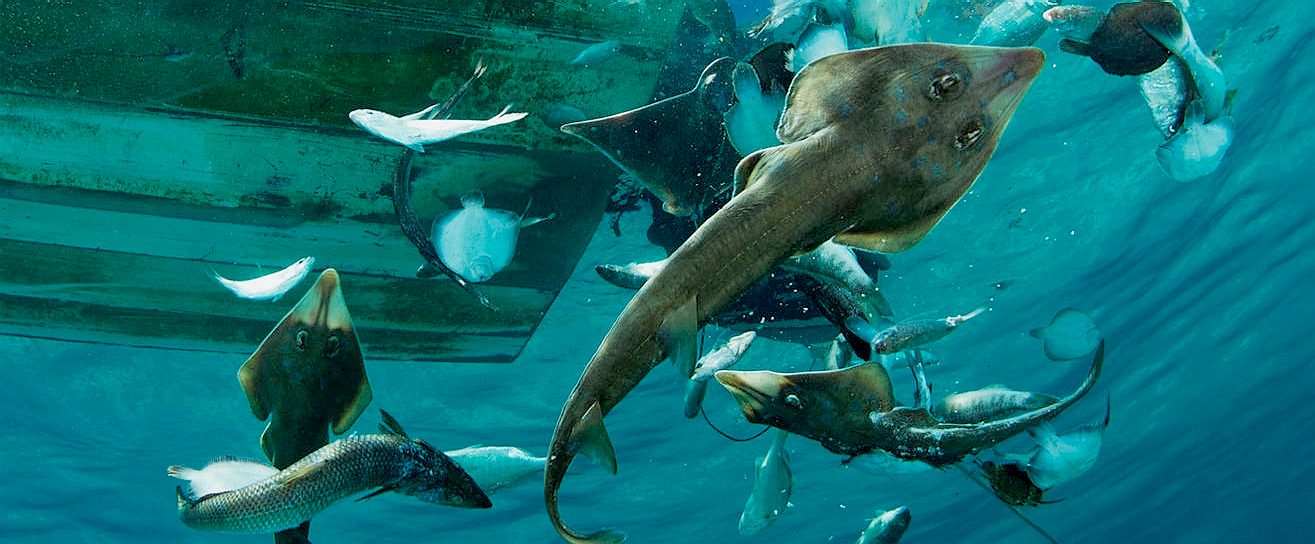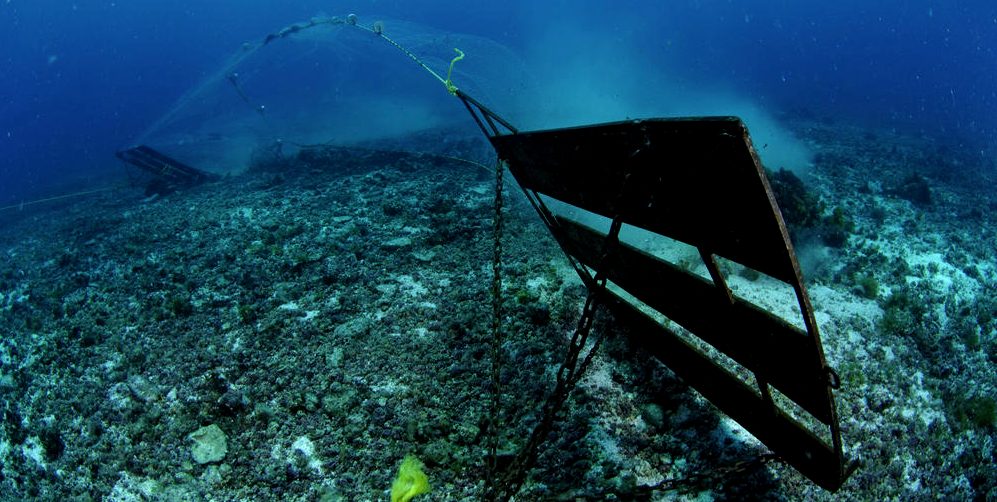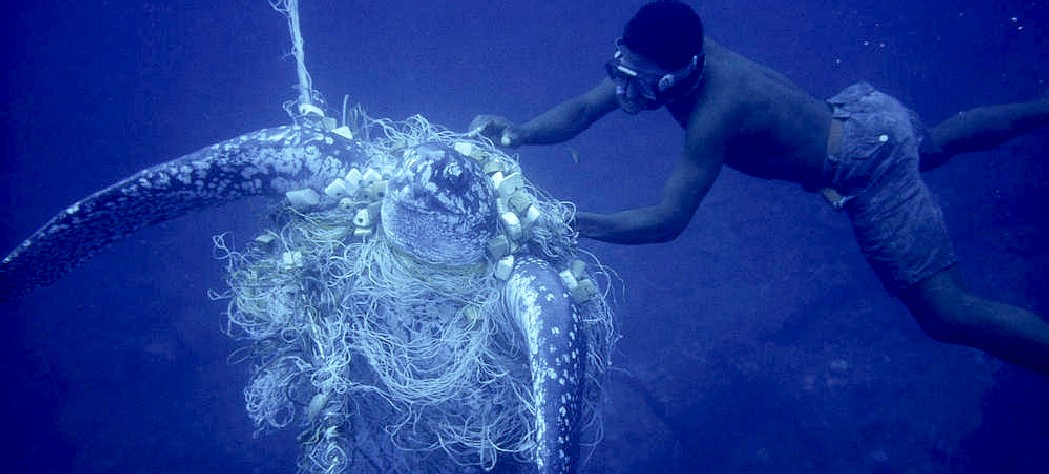|
BYCATCH
ABOUT - HOME - WHALING - A-Z INDEX
WHAT A WASTE - Current fishing methods are putting some species at risk as to extinction.
WHAT IS BYCATCH?
Bycatch
is the incidental capture of non-target species such as dolphins, marine
turtles and seabirds.
Even with the latest technology and industry recognition of the
harm they are causing, bycatch is still a major problem. Not only does it cause avoidable deaths and injuries, but the fishing methods can be harmful to the marine environments where they are employed.
NON SELECTIVE NETS
According to the World Wildlife Fund it is estimated that over 300,000 small whales,
dolphins, and porpoises die from entanglement in fishing nets each year, making this the single largest cause of mortality for small cetaceans.
BOTTOM TRAWLING
Industrial trawlers once avoided coral reefs and other rocky regions of the ocean floor because their nets would snag and tear. But the introduction of rockhopper trawls in the 1980s changed this. These trawls are fitted with large rubber tires or rollers that allow the net to pass easily over any rough surface. The largest, with heavy rollers over 75cm in diameter, are very powerful, capable of moving boulders weighing 25 tonnes. Now, most of the ocean floor can be trawled down to a depth of 2,000m.
YOU CAN'T BE SERIOUS - Whoever thought that this method of fishing would be acceptable to the buying public once they found out about the damage, must have been thinking in the dark ages.
CAN BYCATCH BE ELIMINATED?
Total elimination is unlikely but fishing vessels such as the SeaVax are to be equipped with visible and audible deterrents to try and reduce bycatch to acceptable limits. In addition to these measures, the filters to be used on SeaVax are selectively adjustable, where the vessel reads what is ahead and decides what equipment is appropriate for the task in hand.
Information about the harvest is shared for evaluation and if necessary further instructions or even a software may be uploaded by way of update to improve efficiency.
Traditional fishermen are likely to resist the use of such machines that may eventually replace some fishing vessel types, and that creates another problem that a robotic society will have to deal with - in that people will almost certainly have to be paid not to work.
WWF SMART GEAR COMPETITION
The World Wildlife Fund ran a competition to promote the use of selective fishing methods with their International Smart Gear competition between 2004 - 2014. The WWF, in partnership with industry leaders, scientists and fishers, launched the International Smart Gear Competition in 2004. The competition was designed to inspire creative thinkers.
Smart Gear is a call for innovative ideas that have practical applications for fishing “smarter” - for increasing selectivity for target fish species and reducing bycatch. The competition invites submissions of practical, cost-effective solutions to reduce fisheries bycatch, and offers cash prizes totaling $65,000.
WWF SMART GEAR WINNERS:
Special Bycatch Reduction in Tuna Fisheries Prize: Seabird Saver
SERIOUS HARE - Fishing nets maim and kill thousands of marine mammals and reptiles every year. This leatherback turtle is lucky to have been spotted.
LINKS & REFERENCE
http://assets.panda.org/downloads/bycatch_paper.pdf http://wwf.panda.org/about_our_earth/blue_planet/problems/problems_fishing/destructive_fishing/ http://slowfood.com/slowfish/pagine/eng/pagina.lasso?-id_pg=43 https://www.reuters.com/article/us-environment-fish-idUSKBN19H1A8 https://www.worldwildlife.org/initiatives/international-smart-gear-competition https://www.worldwildlife.org/threats/bycatch
MARINE LIFE - This humpback whale is one example of a magnificent animal that is at the mercy of human activity. Humans are for the most part unaware of the harm their fast-lane lifestyles are causing. We aim to change that by doing all we can to promote ocean literacy.
Anchovies | Bass | Bream | Catfish | Clams | Cod Coley | Crabs | Crayfish | Eels | Grouper | Haddock | Hake | Halibut | Herring | Jellyfish Krill | Lobster | Mackerel | Marlin | Monkfish | Mullet | Mussels | Oysters | Perch | Piranha | Plaice | Pollock | Prawns | Rays | Sablefish | Salmon Sardines | Scallops | Sharks | Shrimp | Skate | Sole | Sprat | Squid | Sturgeon | Swordfish | Trout | Tuna | Turbot | Whiting
This website is provided on a free basis as a public information service. Copyright © Cleaner Oceans Foundation Ltd (COFL) (Company No: 4674774) 2022. Solar Studios, BN271RF, United Kingdom. COFL is a charity without share capital.
|




